Innovation Alphabet
Sales Cycle
In a nutshell
Don’t lie: every business leader’s goal is to increase revenue. There is nothing wrong with that. But to do so, you need to have a clear definition of your sales cycle in mind. It is essential to follow a process that takes the potential buyer from discovery to the closing of the deal.
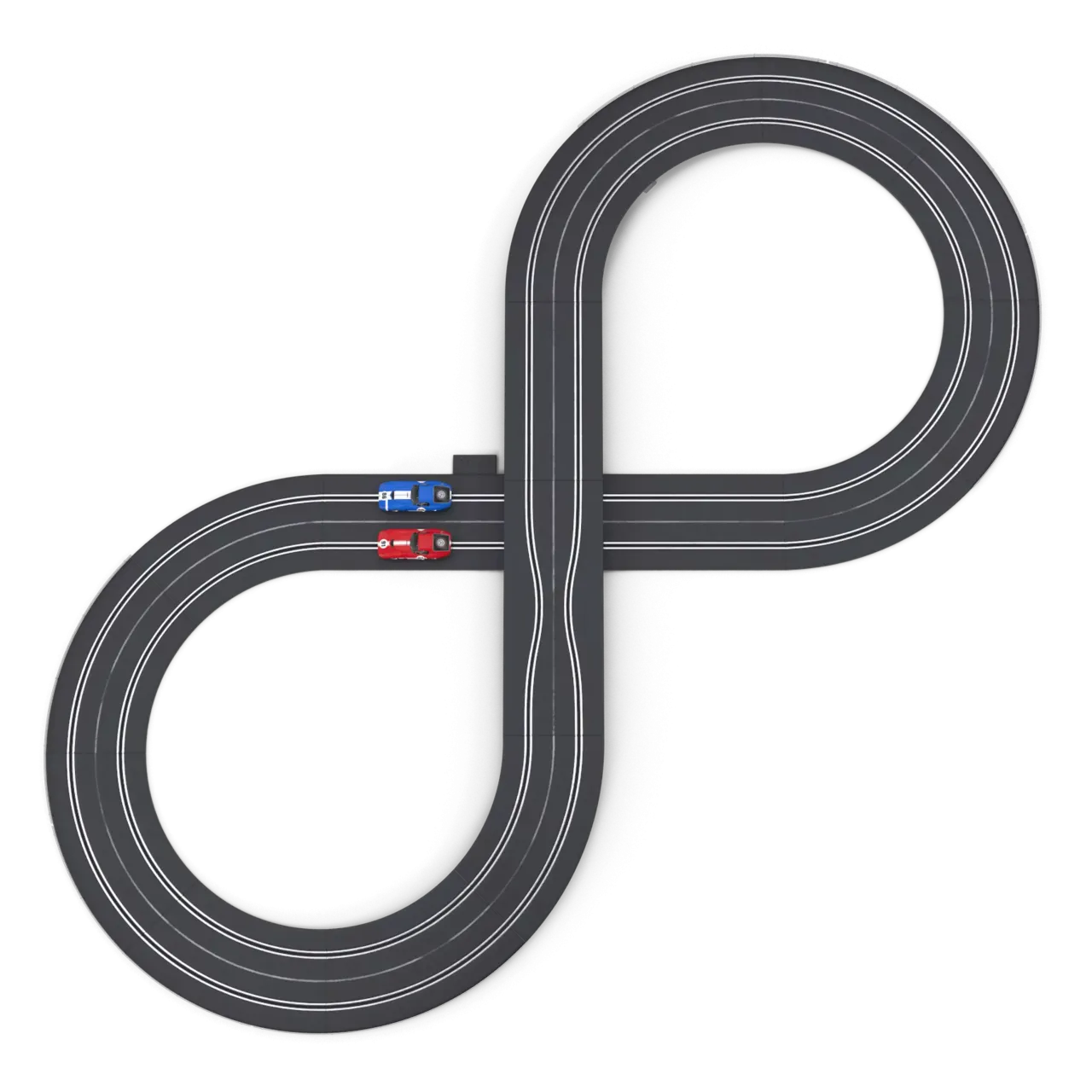

Steps
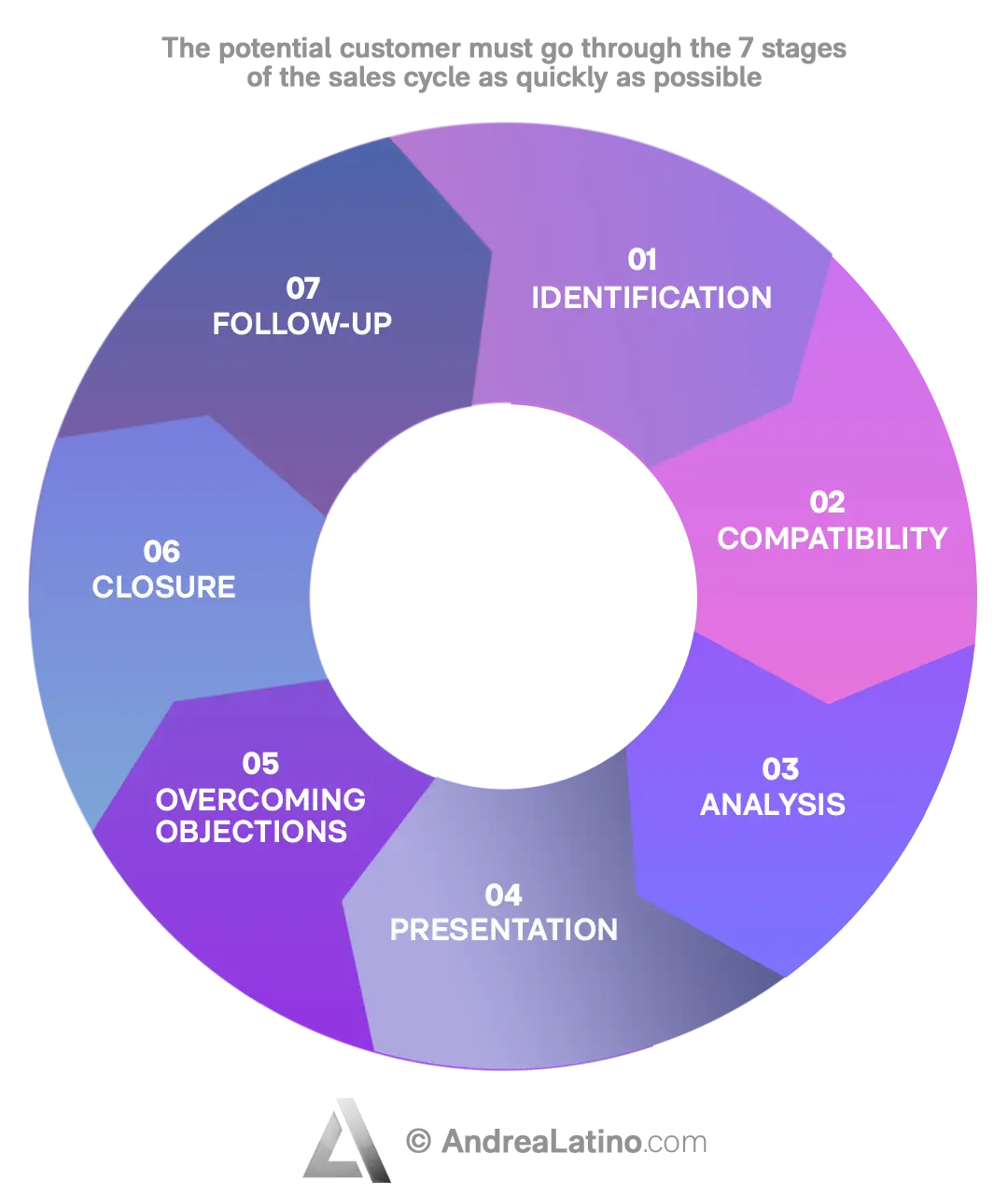
Sales cycles vary in length from one company to another, but the important thing is that the potential customer goes through the 7 stages of the process as quickly as possible. Indeed, one of the main goals of the sales cycle is to speed up the sales process.
• Identification: This is the beginning of the sales cycle. It consists of looking for possible leads through a variety of tactics: live meetings at industry events, social media or website analysis, referral marketing, and so on. It is the most difficult and deceptive phase.
• Compatibility: Once the target audience has been identified, it is necessary to confirm its compatibility with the ideal customer concept. This can be done by establishing an initial testing contact, either automatically (e-mail or cold calling) or on a personalized basis.
• Analysis: If the customer is a “qualified” contact, conduct in-depth research to understand needs, expectations, budget, etc.
• Presentation. Demonstrate the product as the ideal solution to the customer’s needs.
• Overcoming objections: Leads will evaluate the offer and, most likely, explicit doubts and concerns. The sales team must be prepared to respond accurately both communicatively and in terms of resources.
• Closure: Once the obstacles have been overcome, it is time to close the deal and turn the potential customer into an actual buyer.
• Follow-up: Once negotiations are closed, look for new clients, reach out to current clients or missed buyers. Timely follow-up is a most useful weapon to increase sales.
Do you have a Marketing & Sales challenge to tackle? Let’s face it. Together.
C-levels from these companies (AND MORE) relied on my expertise to overcome thEIR CHALLENGES IN THIS AREA. And You can, too.
Can I help you?sales cycle vs. sales funnel
They might be confused as the same topic, but there is a subtle difference. The sales cycle is a process that the company must follow to attract the greatest number of customers and increase sales, always starting from a reduced if not absent base. The sales funnel, on the other hand, assumes that the company will attract many leads, which will decrease at each stage of the funnel until only a fraction of them turn into actual buyers. Sales funnels are, usually, a simple way of analyzing contacts, processes, and sales data. They are not a concrete strategy like the sales cycle, because the ball is in the customer’s court, not the company’s.
Application Fields
• Sales: The sales cycle is a model for companies to understand, clarify and improve the overall sales experience and accompany old and future customers one stage after another
• CRM (Customer Relationship Management). The sales cycle can intersect with CRM strategies to gain insights regarding user preferences and, as a result, personalize the buying experience, increasing the odds of closing the deal.
• Marketing: Through the measurement of certain KPIs – for example, Lead to Opportunity Conversion Rate, Deal Won-Deal Lost Ratio – you can also improve strategies that lead to a faster realization of the sales cycle.
Stay in wonderland
Let me show you how deep the rabbit hole goes.
Check out more of the Innovation Alphabet:
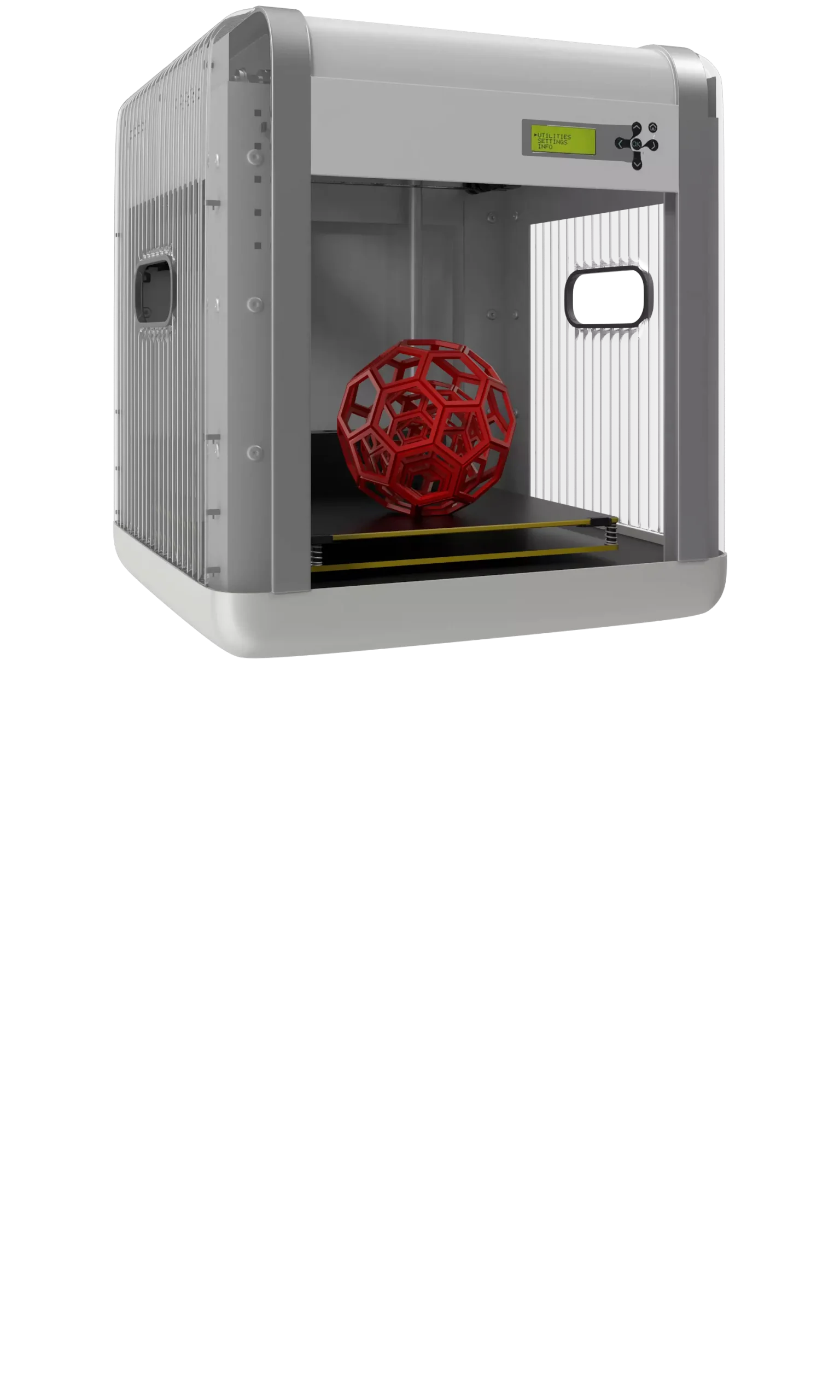
3D Printing
3D Printing
“3D printing” is a process carried out by an electronic device which, instead of resorting to the canonical ink, it molds almost any kind of material: from concrete to living tissue, most usually plastic, but also metal. And the operating principle is similar to that of a traditional printer. The creation of three-dimensional models can lead to the redesign of a company’s production capabilities.
Dive In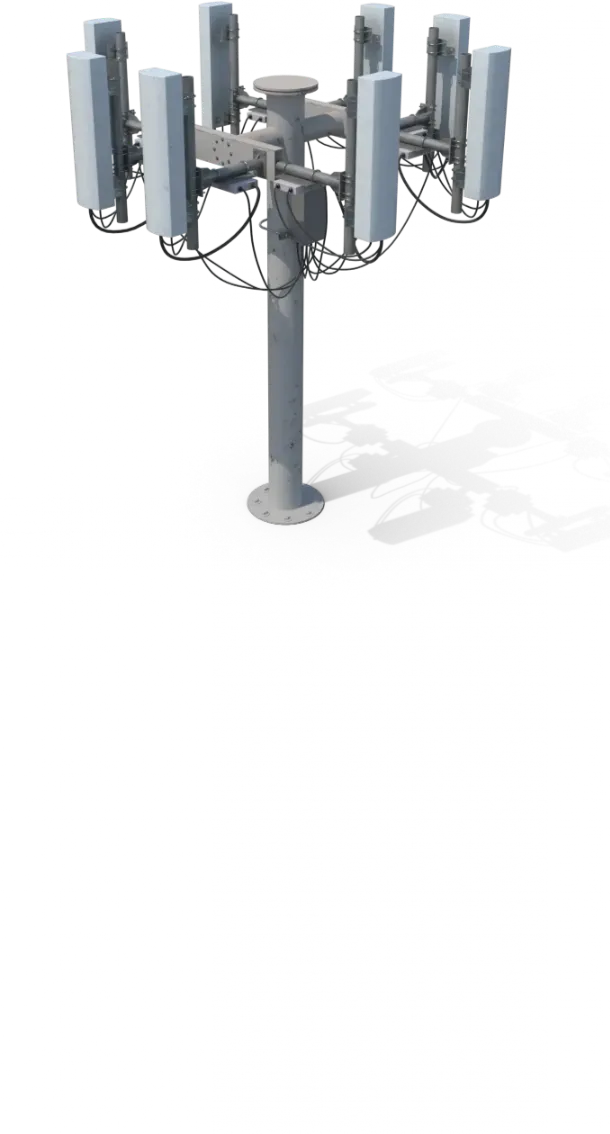
5G
5G
5G is the new frontier of cellular telephony. It was designed to improve (or completely replace) previous generations of mobile networks. The 5th generation features lower latency, ensuring flawless performance of business applications and many other digital experiences – thus enabling the new cultural generations to furiously play Fortnite away from home.
Dive In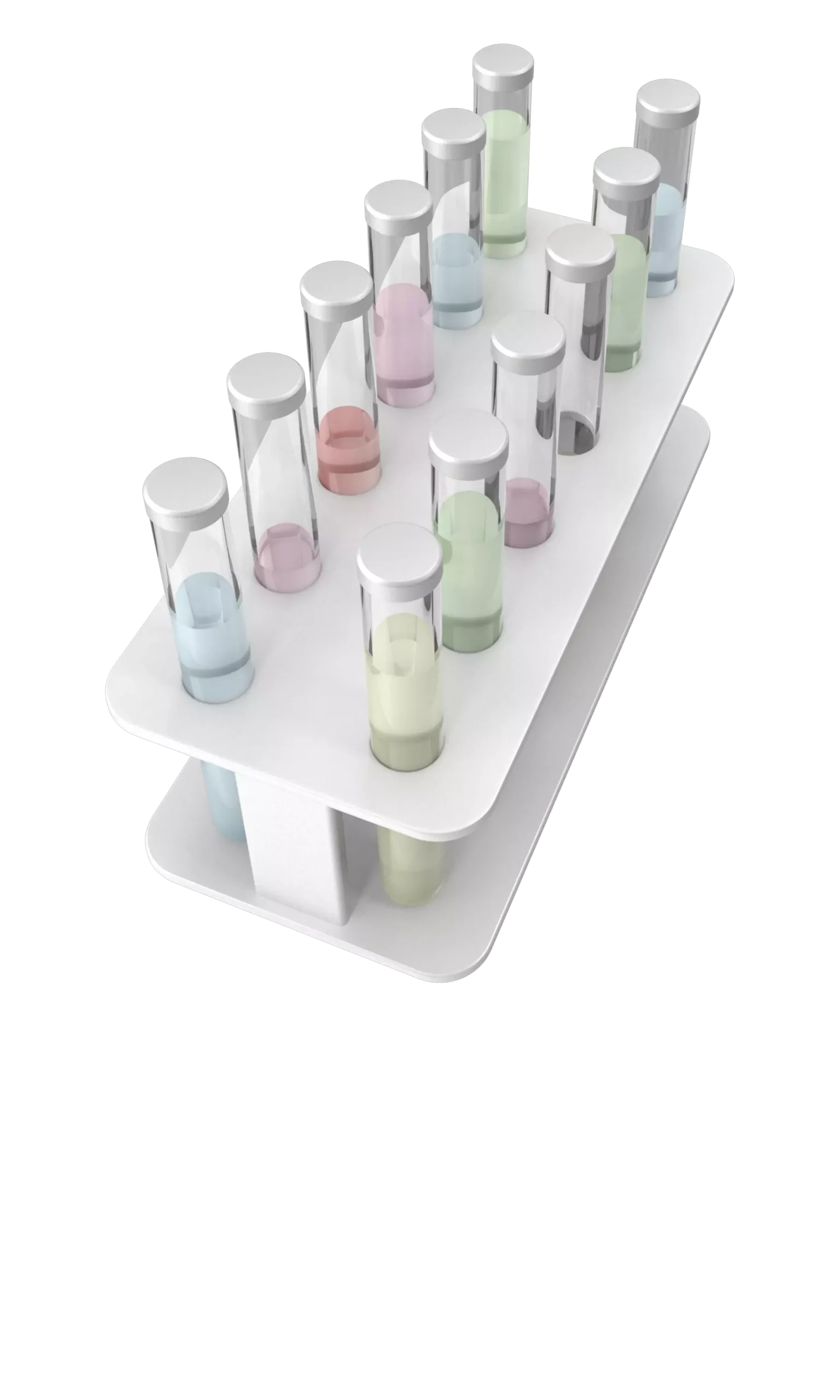
Advanced Analytics
Advanced Analytics
The term “Advanced Analytics” refers to the ability to autonomously or semi-autonomously analyze data and content to identify correlations, develop analyses, predictions, and recommendations. It is not just a matter of collecting information and then organizing it into watertight compartments: the ultimate goal is to identify a dialogue pattern from a data-driven perspective.
Dive In
Agile
Agile
Agile is an approach to software development designed to respond to change. Teams quickly analyze the context in which they operate, identify uncertainties faced, and figure out how to adapt to always move forward. Interaction between individuals comes before processes and tools; collaboration with the customer is more important than negotiating contracts.
Dive In
Ansoff Matrix
Ansoff Matrix
The Ansoff Matrix is a marketing planning model that arises from the intersection of new and existing products and markets. It derives four possible strategies for expanding the company’s market, which are built around four variables with a changeable factor of risks and possibilities: existing product, new product, existing market, new market.
Dive In
Artificial Intelligence
Artificial Intelligence
Artificial Intelligence is not strictly defined. Basically, it is a computer system able to make decisions in an independent and flexible way. A good AI application can perform everyday tasks better than an average person (e.g., identifying other people from their photos on social media or beating the best chess player). Nothing to fear, then. Unless you are a chess champion.
Dive In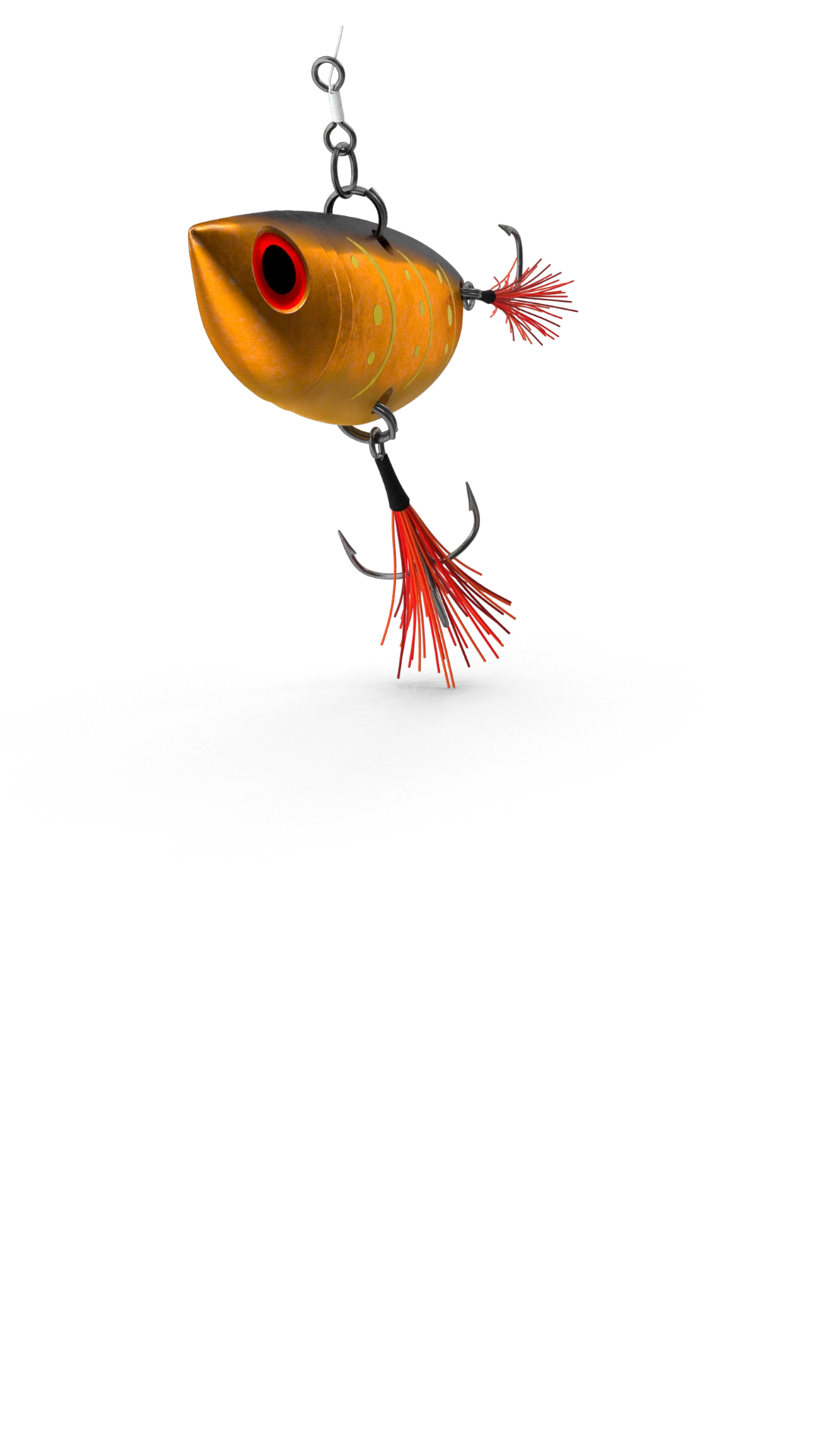
Artificial Scarcity
Artificial Scarcity
We often tend to desire what we cannot have. Or what we are in danger of losing: Artificial Scarcity is a strategy that flaunts a limited number of items that do not correspond to actual availability. The goal is to stimulate the perception in consumers that the stock of items is about to run out and thus create a need based on the “fear of being cut off” or the intention to buy the item in order to resell it at a higher price.
Dive In
Attack Surface
Attack Surface
The term attack surface refers to the part of a system that may be subject to attack or breach by hackers. The smaller that surface is, the easier it will be to protect it. Indeed, the Internet is an ocean of deep, dark waters: those who navigate it must be aware that they are exposing themselves to a flood of digital risks. Yet, ironically, we do not need a big boat to shelter us.
Dive In
Augmented Reality
Augmented Reality
Augmented Reality is an ever-evolving technology that overlays multimedia information on top of our common sensory horizon to gain a deeper understanding of our surroundings. No, it doesn’t allow you to step out of the Matrix dream simulation, nor can it be accessed by swallowing a red pill. But neither is it the disturbing experience of the Playtest episode of Black Mirror.
Dive In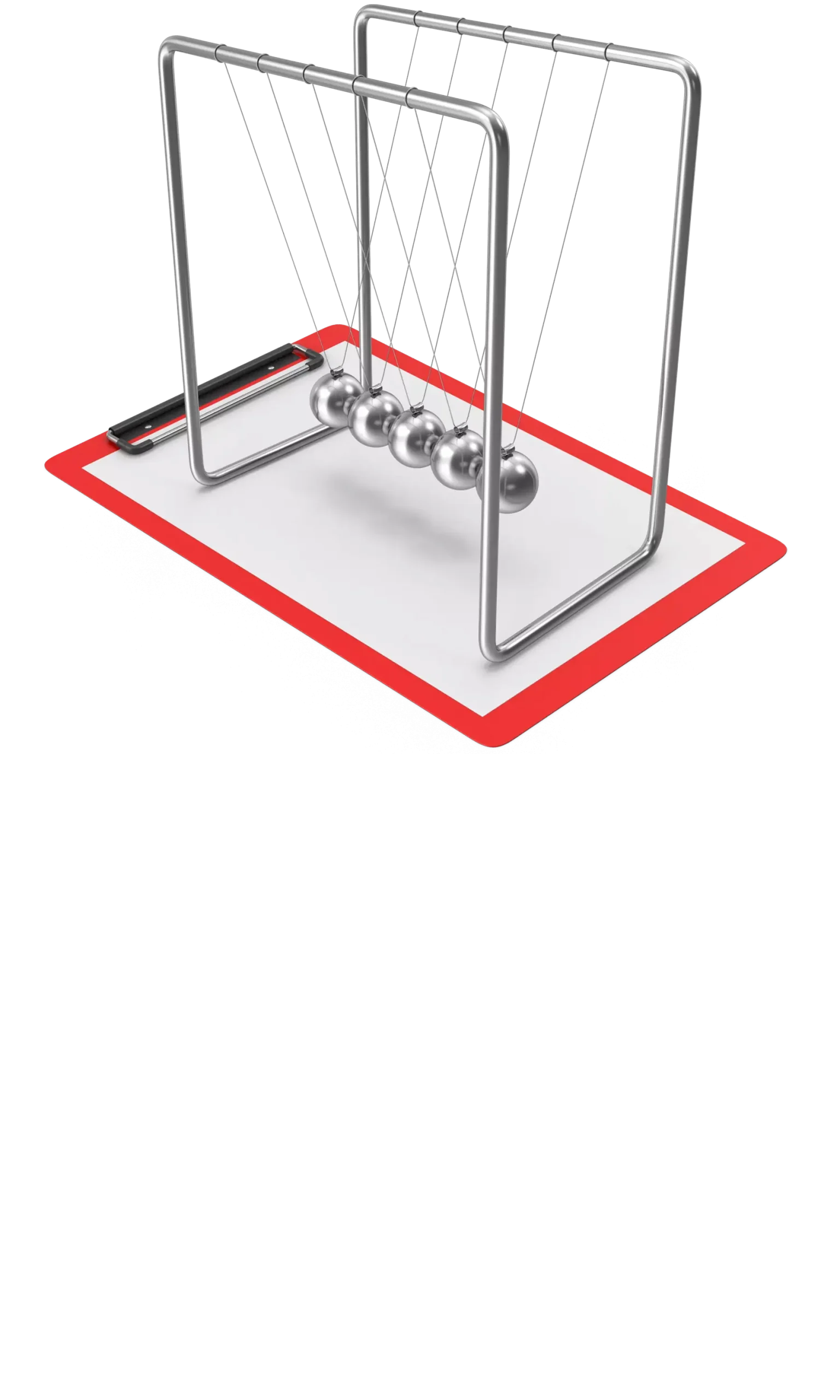
Balanced Scorecard
Balanced Scorecard
In business, as in life, you need balance. The Balanced Scorecard is a holistic tool for strategic management. It offers, in fact, the possibility of assessing corporate performance in its wholeness. An overview that embraces four perspectives: the business/financial side, customers and stakeholders, internal processes, and learning and growth.
Dive In